After publishing Father with Aperture and exhibitions at The National Portrait Gallery and Foam, the Armenian American photographer looks ahead to her shows in Berlin and at Recontres D’Arles
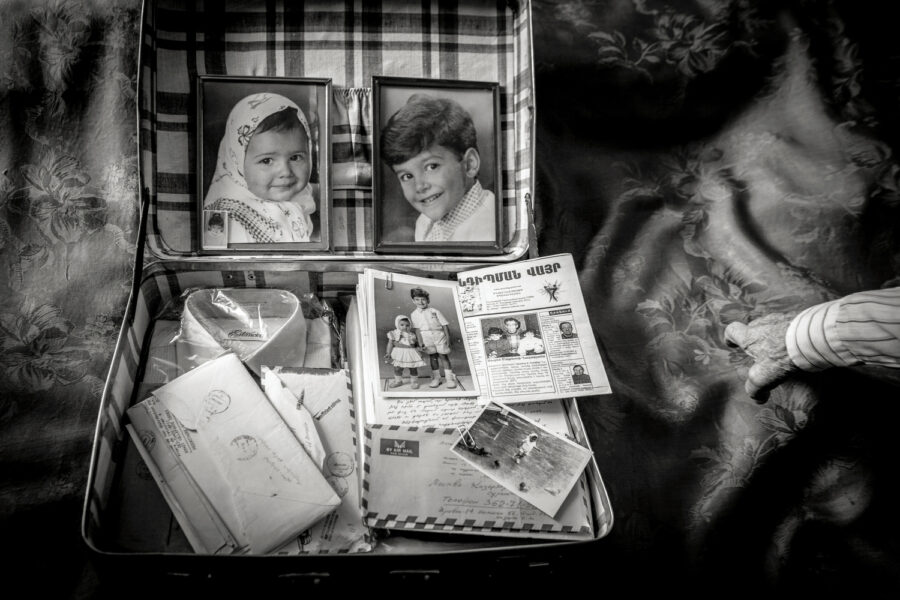

After publishing Father with Aperture and exhibitions at The National Portrait Gallery and Foam, the Armenian American photographer looks ahead to her shows in Berlin and at Recontres D’Arles
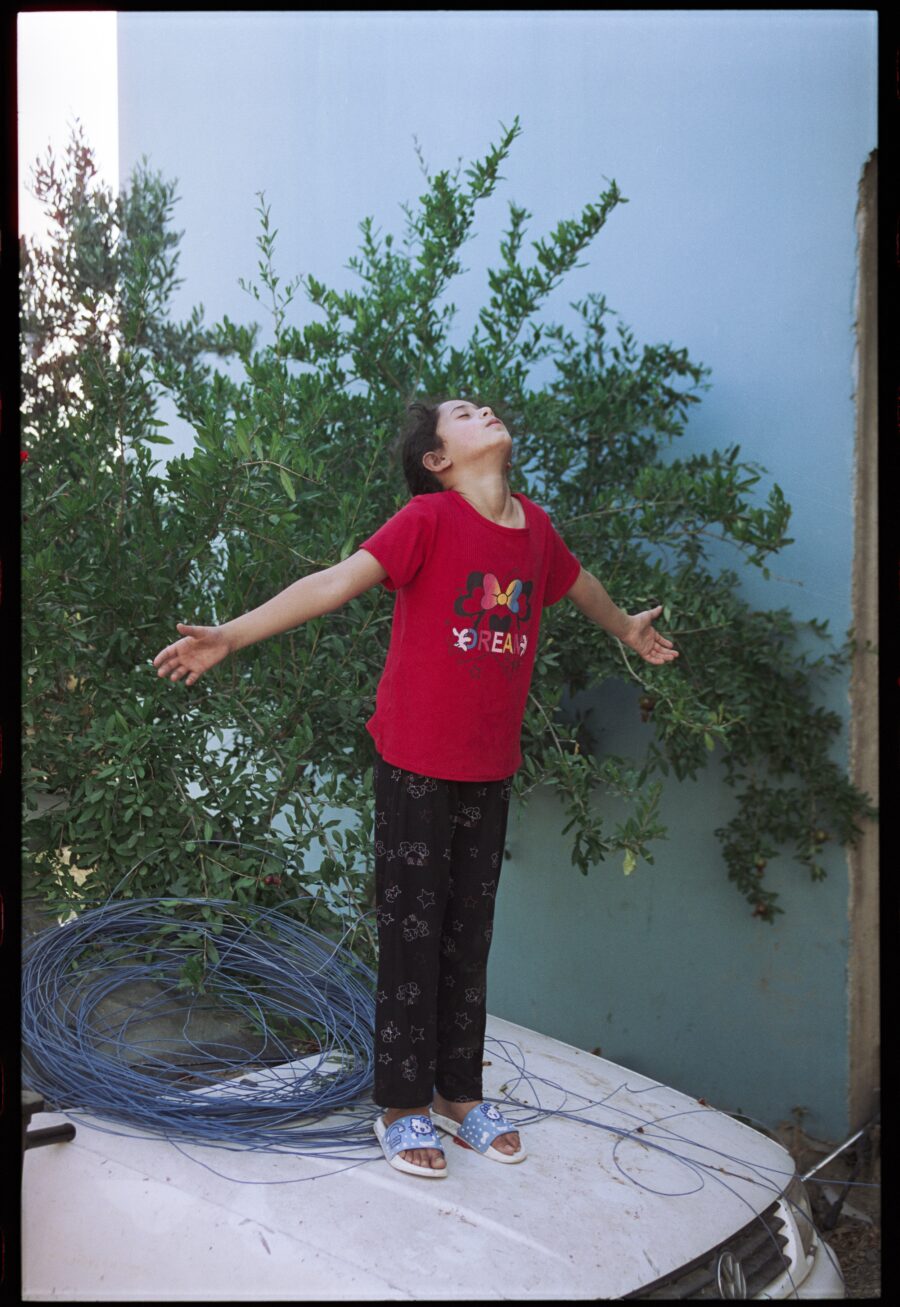
The photographer’s meteoric success is a testament to the stark reality of life on the ground in Jenin refugee camp. In this feature, Khader explains why he photographs the dead, bites back at accusations of ‘terrorism’ of his work, and discusses his upcoming debut monograph and debut solo show at Foam, exploring the role of the grieving mother in Palestine
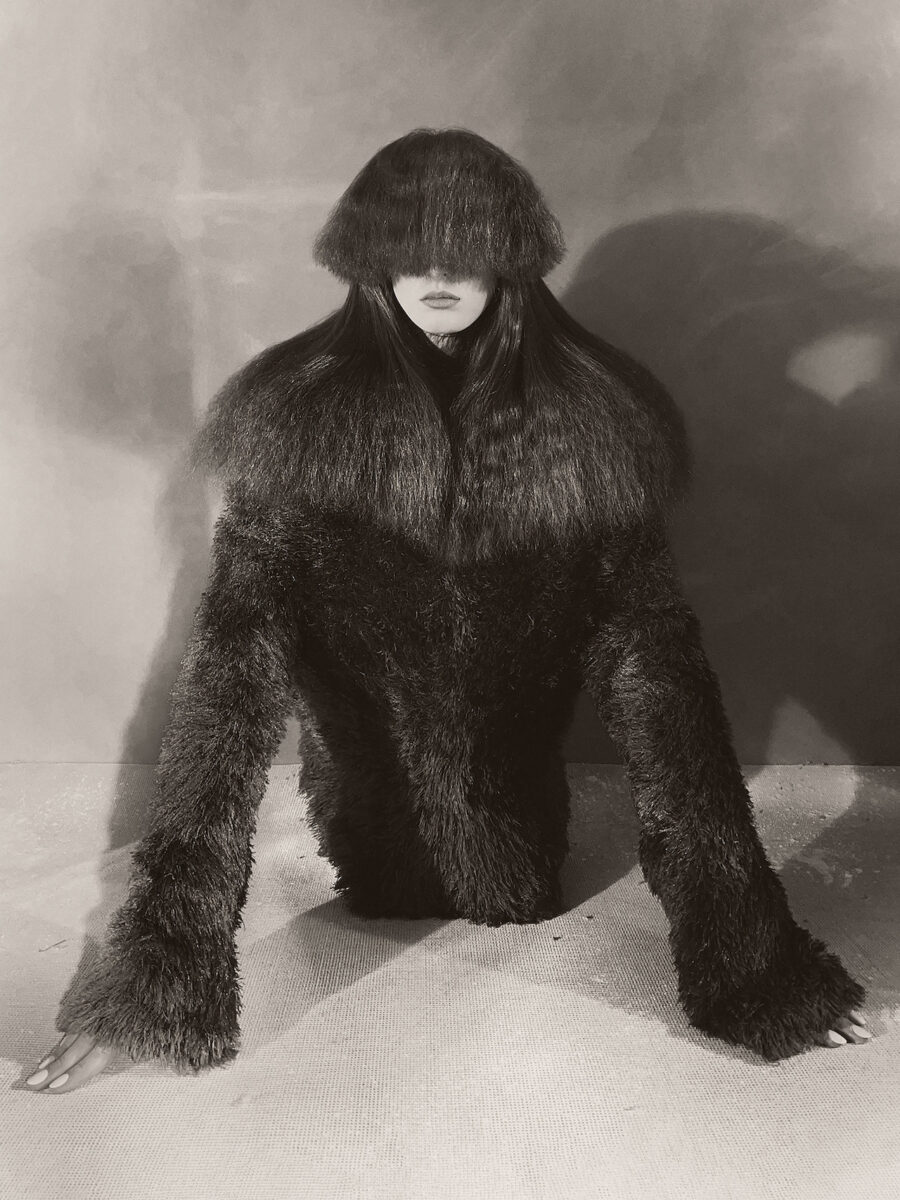
Opening at Foam today, the exhibition displays 85 images representing the Dutch artist’s unconventional approach to fashion photography
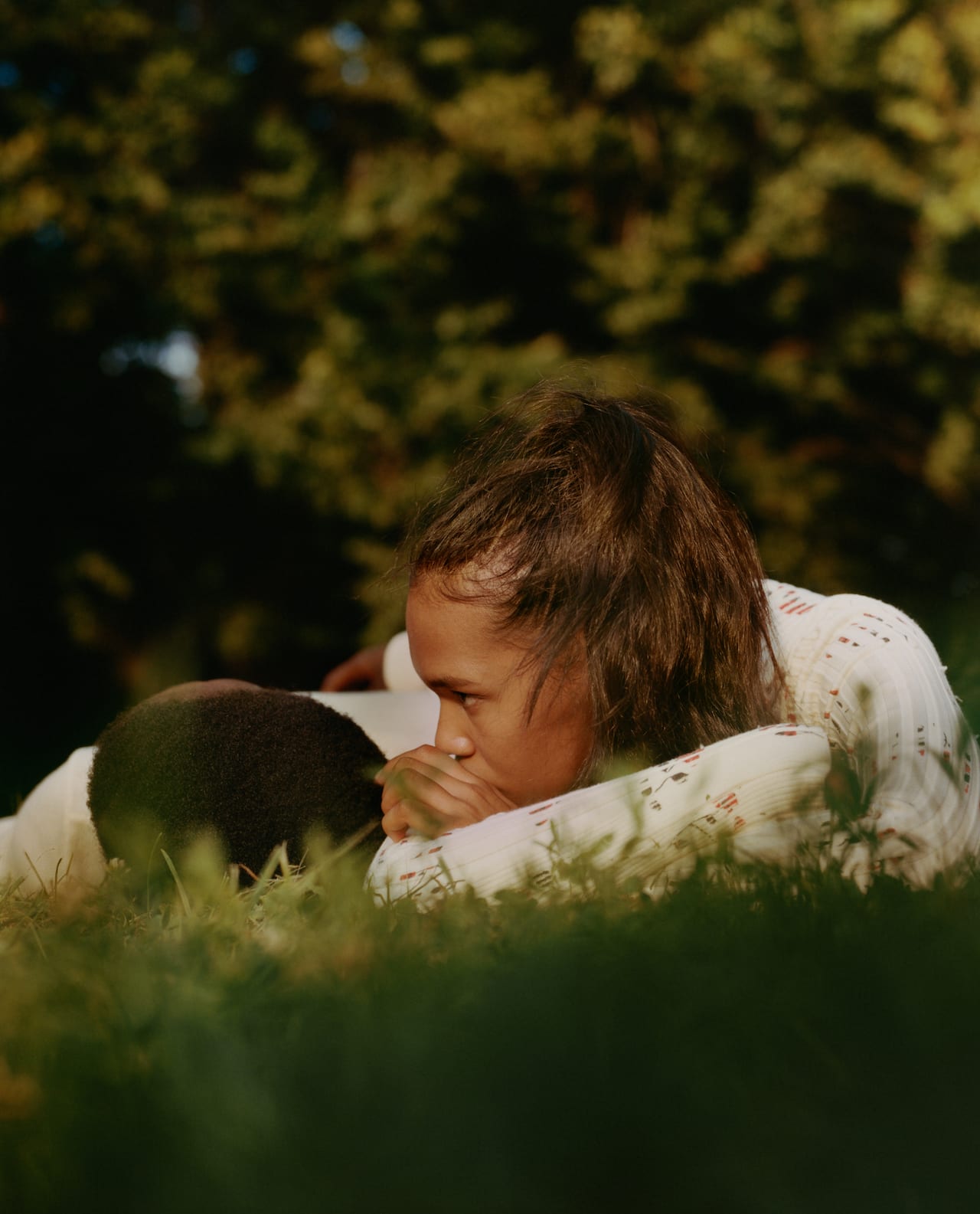
“It’s a world in which Black folks can appear intimate, in unison with themselves, and in sync with one another”
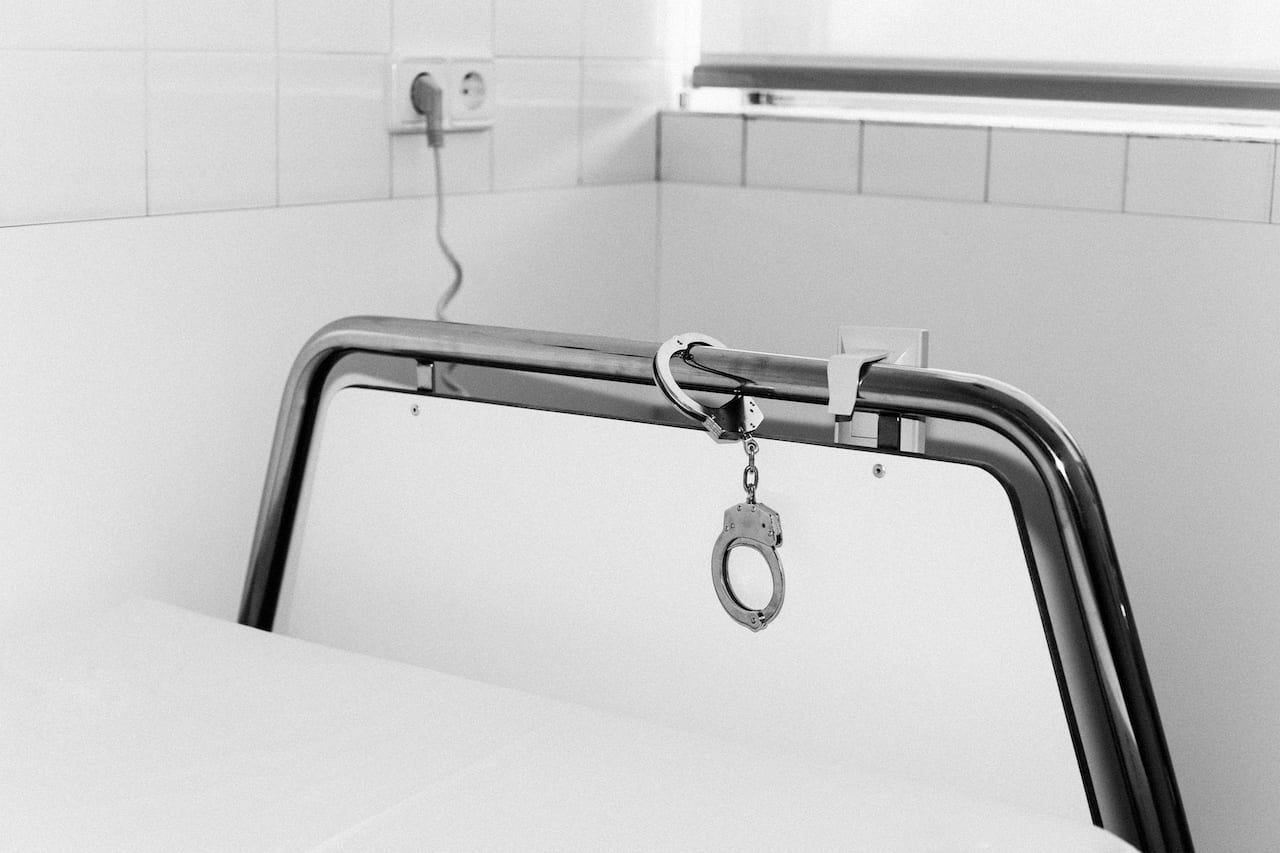
Abril wins the prestigious prize for her long term project highlighting stigmatised issues The History of Misogyny
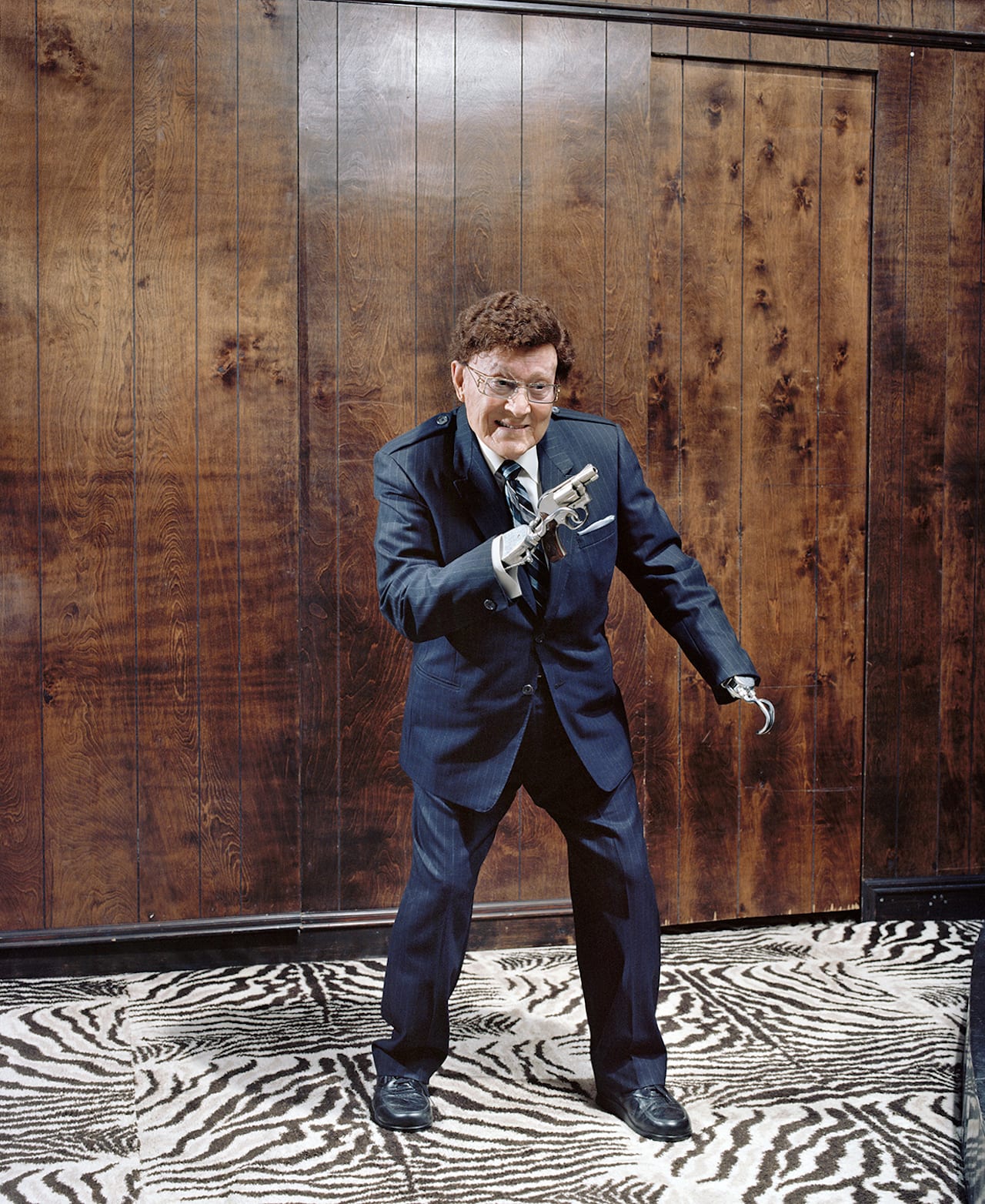
On the event of Photo London, BJP-online presents a round-up of exhibitions taking place in London this weekend
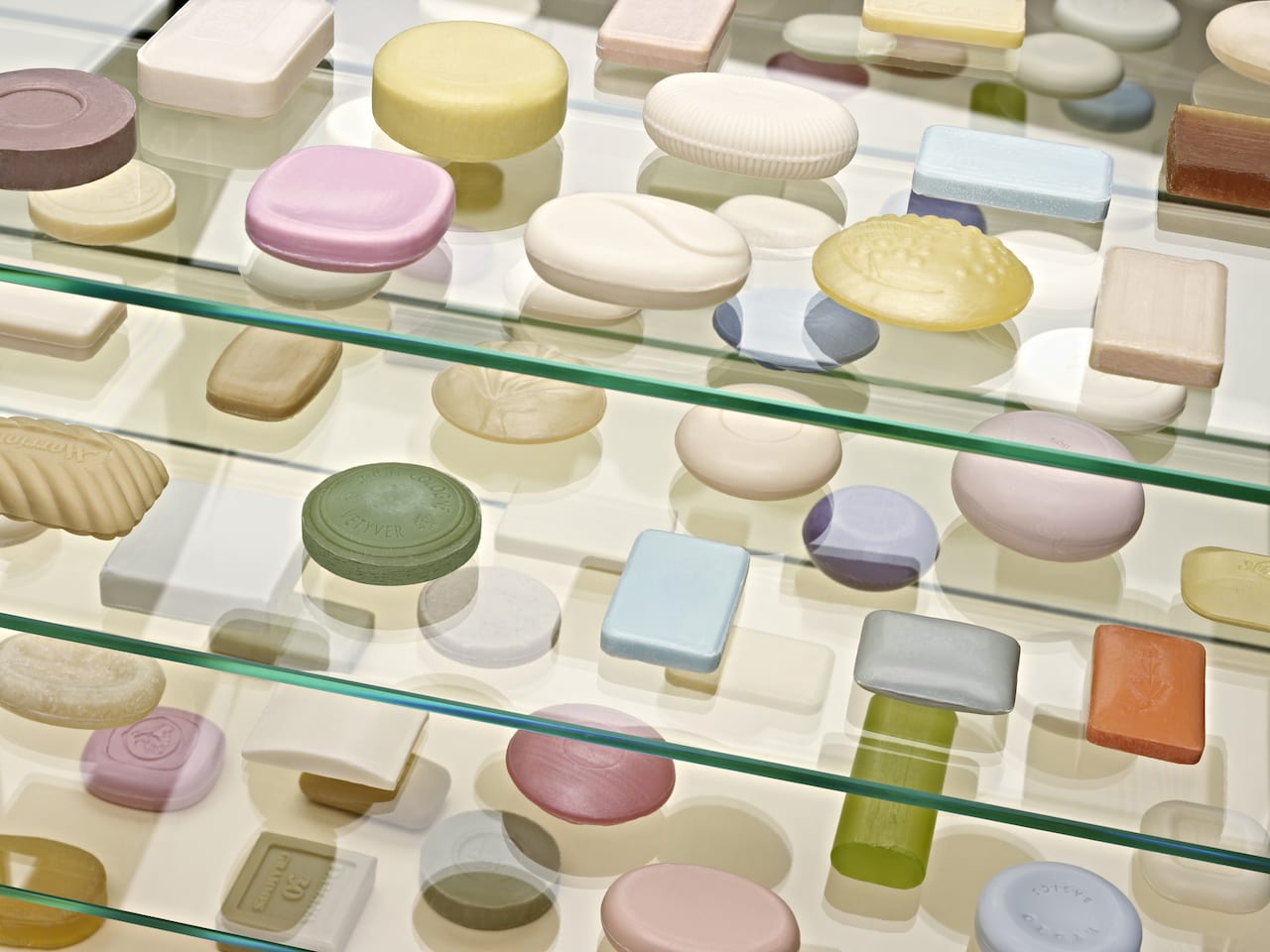
Maurice Scheltens and Liesbeth Abbenes have long been preoccupied by perspective. In fact, this year is the 18th that the artist duo – partners in life, as well as in work – have spent creating their painstakingly controlled scenes to capture on camera together. Translating their immaculately constructed three-dimensional sets into technically precise two-dimensional images, they have made a name for themselves with rich, playful and illusory works that toy with spatial dimensions, and which, though aesthetically pleasing, are conceptually rigorous first and foremost. The concept, Abbenes assures us, always precedes the picture.
Their spring exhibition at Amsterdam’s Foam Museum (from 15 March to 05 June) is something like a retrospective, giving the Dutch duo an opportunity to look back over almost two decades of work from a new perspective. And true to form, they are first rearranging the rooms their work will inhabit by uncovering windows that have not been opened in many years. “We will have light and some fresh air, hopefully. We have to give up walls for that, but it’s good to have a bit of the outside world coming in,” they say. Shifting the dimensions and conditions of the space itself will alter the way viewers see the work, and that typifies their approach to the exhibition, rethinking how the works will appear in this new context, and how they relate to each other.
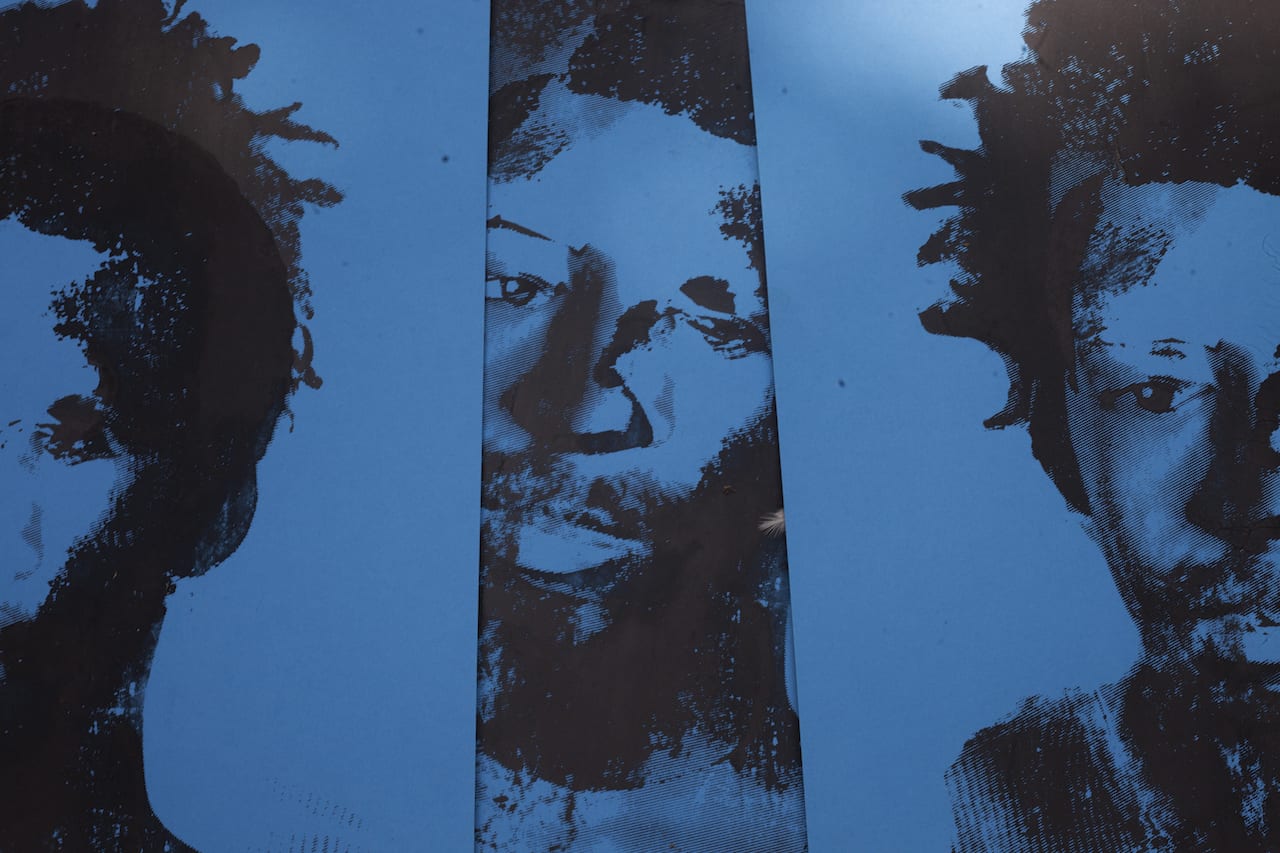
Ghanaian photographer Eric Gyamfi has won the 13th Foam Paul Huf Award, which is given annually to a photographer under the age of 35.
Gyamfi won the award for his most recent project, Fixing Shadows; Julius and I. “Photographs die and are reincarnated,” stated the photographer, who wins £20,000, a solo show at Foam in Amsterdam, and a spot in Foam Magazine’s Talent Issue and travelling exhibition. “I am interested in what happens to the life of the photograph as it gets sited through time, through death. Fixing shadows; Julius and I, works on the space/life between two photographs, mapped/permutated through different times, encounters and potentialities, as they move through a certain death.”
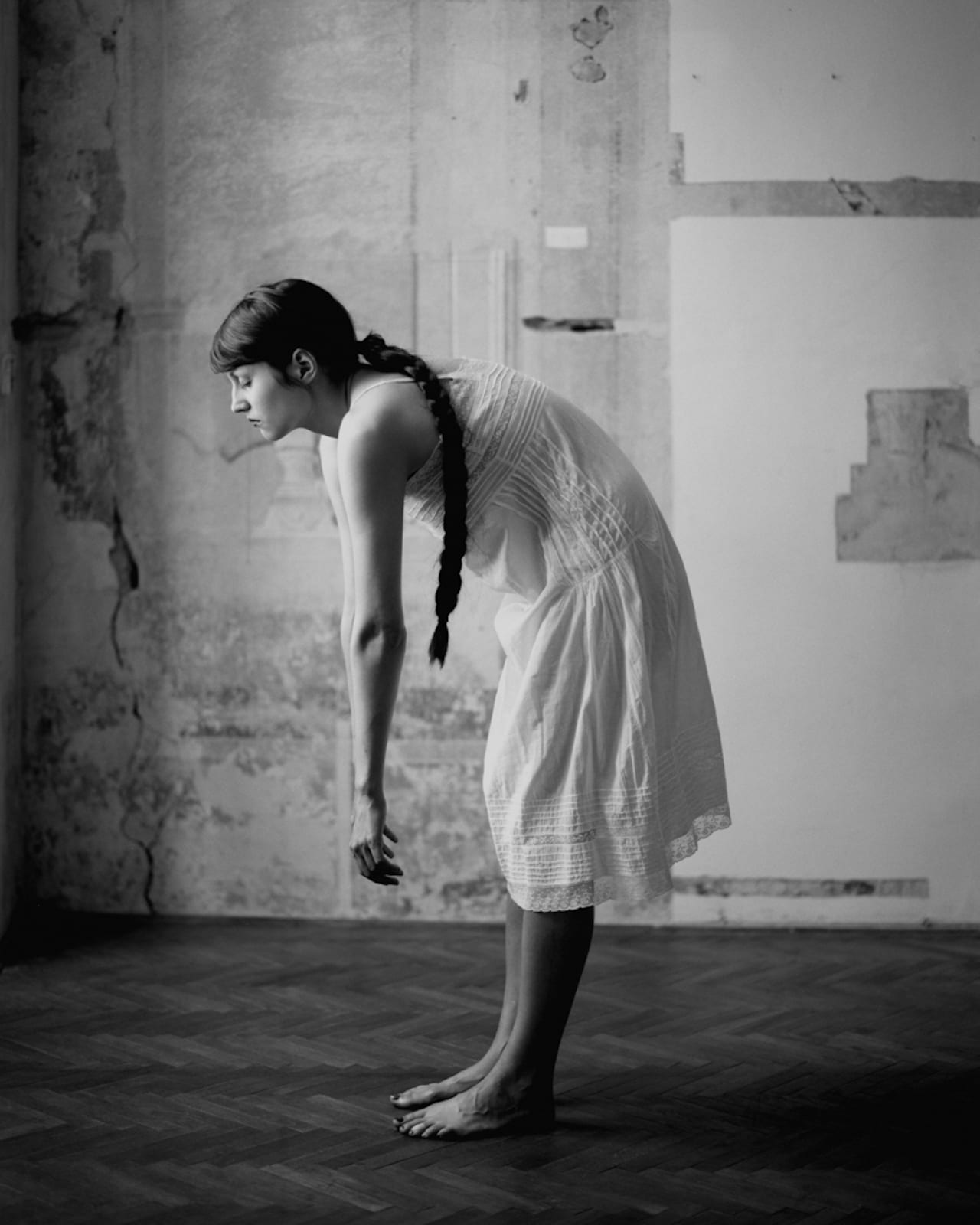
A group show of contemporary Czech photography, Tender is dedicated to work that “registers vulnerabilities of people and their environments – the bruises on the fruit”. The selected photographers include image-makers such as Tereza Zelenková, Vendula Knopová, and Hana Knížová, for example, who adopt widely varying styles but can all be seen to investigate this idea in their selected work.
“Remember, ‘tender’ also means a bid and this exhibition is a part of a program established to promote the Czech Republic abroad,” write the exhibition curator Michal Nanoru. “Are you going to accept the offer?”
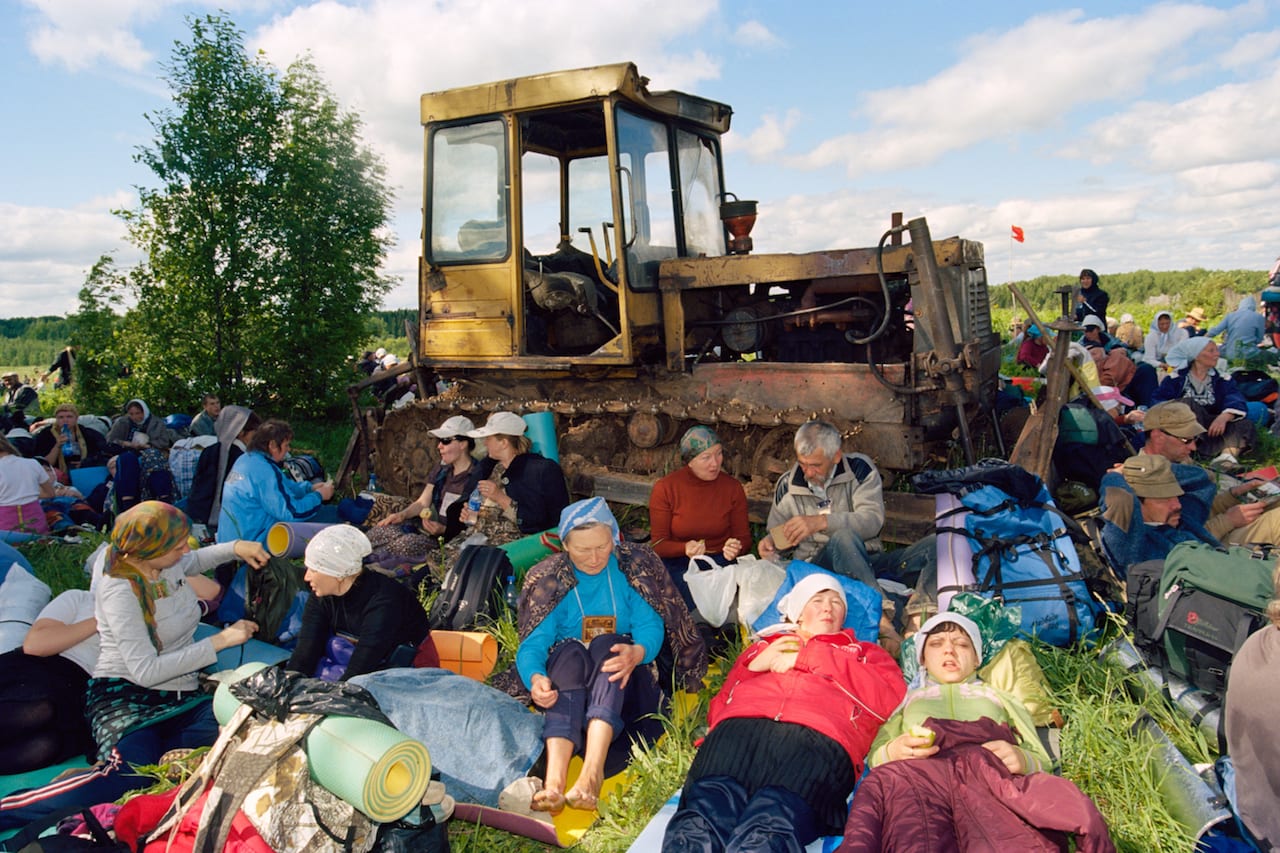
BJP-online Loves the new Russian photography on FotoDepartament’s Attention Hub, the RPS’ list of 100 photographic heroines, Claudio Majorana’s Head of the Lion, John Myers’ Looking at the Overlooked, Feast for the Eyes – The Story of Food in Photography on show at FOAM, Jamie Hawkesworth’s a blue painted fence, and La Vertigine by Federico Clavarino